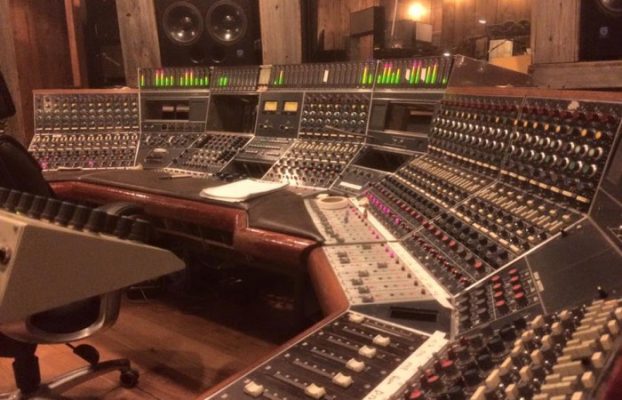from Reverb

“When you go into a studio you’re trying to figure out a way to create the best impression of who you are,” says Steve Rosenthal, recalling his first professional recording experience. “I thought, ‘Well I’m 20 years old, if I’ve got to spend a lot of time in a place, this seems like an interesting place to spend some time.”
As the owner of The Magic Shop recording studio, Rosenthal spent the last three decades helping artists like Lou Reed, Coldplay, David Bowie, Arcade Fire, Norah Jones, and countless others present their own best impressions of themselves. More recently, running MagicShop Archive & Restoration Studios, he’s helped to usher in improvements on classic recordings by The Rolling Stones, Blondie, Elvis Presley, Woody Guthrie, and others, as well as digging into some legendary artists’ unreleased archives.
Rosenthal got his start in the mid ’70s as an engineer at A1 Sound in New York City, owned by Herb Abramson, co-founder of Atlantic Records. “I had to record the Atlantic Records way,” Rosenthal recalls. “You could only have three microphones on the drums… all the records that I engineered when I was at Herb’s place were sort of R&B records with large bands… and it would pretty much all happen at once. It was really trial by fire.”
With partner Gary Dorfman, Rosenthal opened NYC studio Dreamland in the late ’70s, recording tons of the punk and new wave bands that were popping up all over town at the time, and even starting one of his own, TV Babies, as well as his own label, Rockin’ Horse Records. In 1984 Rosenthal parted ways with Dorfman and went off on his own, working at several different New York studios and building up a solid clientele. During this period he did his first archival/restoration work on The Rolling Stones’ catalog through their former manager/producer Andrew Loog Oldham.
It was in 1987 that Rosenthal finally opened The Magic Shop downtown on Crosby Street. “I wanted to get a place with high ceilings,” he relates, “because I wanted good drum sounds, and that led me down to SoHo, which was incredibly funky at that point. It was still transitioning from an industrial neighborhood that was leaving and an arts neighborhood that was growing.”
Rosenthal made a crucial decision to build his studio around a mighty but disregarded piece of equipment. “I really wanted to have a vintage Neve,” he says. “I loved the sound of those early 1067s, 1079s, those Neve mic pres. In those days, they were destroying the vintage Neves—they would break them up and just keep the mic pre’s, because everybody wanted to use SSLs. I’ve never been a big SSL guy. So I went to England and I went on a Neve hunt to try to find a vintage console.”
